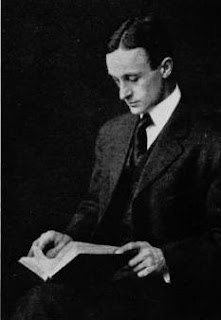 Although at presentation, most patients with this disease are asymptomatic, this ERCP is from a patient with inflammatory bowel disease and an elevated alkaline phosphatase. She initially presented with fatigue and pruritis, though other symptoms include fever, chills, night sweats, and RUQ pain. Alkaline phosphatase is remarkably elevated, though AST/ALT are less than 300. She also has hypoalbuminemia, hypergammaglobulinemia, increased serum IgM. Antimicrosomal antibody is negative though a smattering of other autoimmune markers are positive.
Although at presentation, most patients with this disease are asymptomatic, this ERCP is from a patient with inflammatory bowel disease and an elevated alkaline phosphatase. She initially presented with fatigue and pruritis, though other symptoms include fever, chills, night sweats, and RUQ pain. Alkaline phosphatase is remarkably elevated, though AST/ALT are less than 300. She also has hypoalbuminemia, hypergammaglobulinemia, increased serum IgM. Antimicrosomal antibody is negative though a smattering of other autoimmune markers are positive.Challenge: What's your most likely diagnosis?
Image shown under Fair Use.










